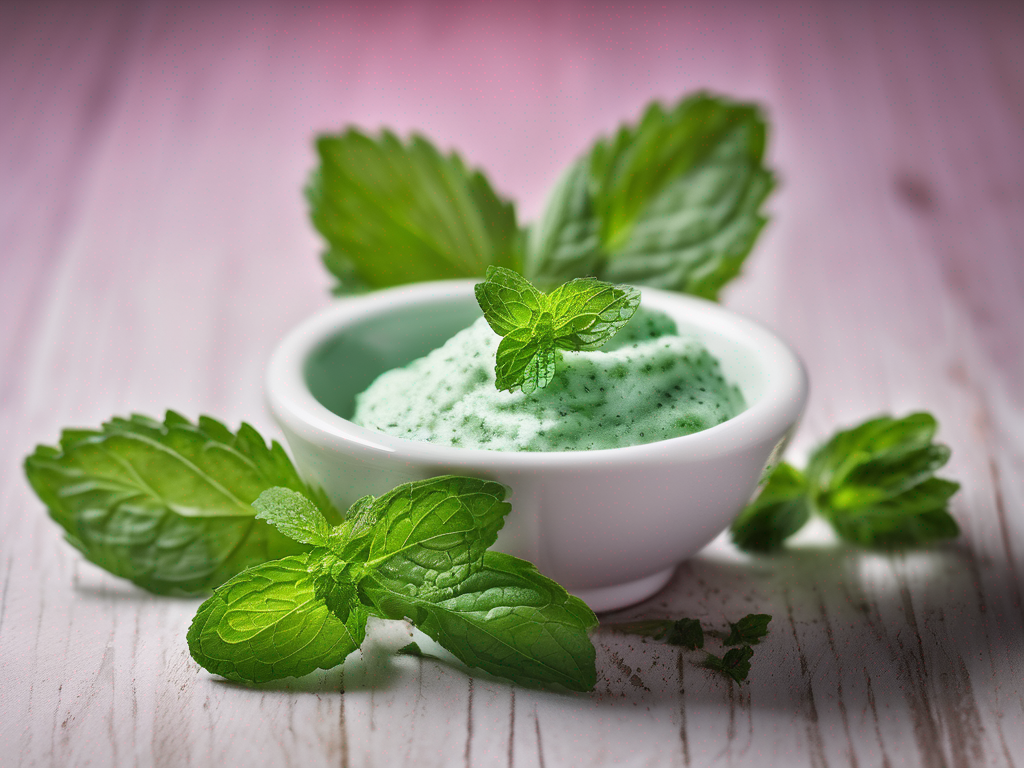
How to Tell If Mentha Has Gone Bad
Get Your Free Food Safety Cheat Sheet
30 most common foods with instant answers. Print it and stick it on your fridge—completely free!
How to Tell If Mentha Has Gone Bad
Mentha, commonly known as mint, is a popular herb used in various culinary dishes, beverages, and even for medicinal purposes. Whether you grow your own mint plant or purchase it from the store, it's important to know how to determine if your mentha has gone bad and is no longer safe to eat. In this blog post, we will discuss the signs to look out for and provide practical tips on storing and preserving your mentha to ensure its freshness and safety. (Mentha)
Signs of Spoiled Mentha
Mentha, like other fresh herbs, can deteriorate over time, especially if not stored properly. Here are some signs that your mentha may have gone bad:
Visual Signs
- Discoloration: If you notice any dark spots, mold, or slimy patches on the leaves, it is a clear indicator that the mentha has spoiled.
- Wilting: Fresh mint leaves should be vibrant and perky. If the leaves appear wilted or droopy, it may be a sign of spoilage.
- Yellowing: Yellowing of the leaves can also indicate that the mentha is past its prime and should be discarded.
Smell and Texture
- Off Odor: Spoiled mentha may emit a foul or musty smell, signaling that it has started to decay.
- Slimy Texture: When you touch the leaves, if they feel slimy or mushy rather than crisp, it is a sign that the mentha is no longer fresh.
Proper Storage Practices
To prolong the freshness of your mentha and prevent it from spoiling prematurely, follow these storage tips:
Refrigeration
- Remove Stems: Before storing mentha in the refrigerator, remove any rubber bands or ties around the stems.
- Damp Paper Towel: Wrap the mint leaves in a damp paper towel to help retain moisture.
- Plastic Bag: Place the wrapped mentha in a plastic bag or airtight container to protect it from drying out.
- Temperature: Store the mentha in the refrigerator's crisper drawer, where the temperature is slightly cooler and more humid.
Freezing
- Blanching: To freeze mentha for long-term storage, blanch the leaves in boiling water for a few seconds, then plunge them into ice water to stop the cooking process.
- Dry and Freeze: After blanching, pat the leaves dry with a paper towel and freeze them in a single layer on a baking sheet before transferring them to a freezer-safe bag or container.
Using Spoiled Mentha
If you suspect that your mentha has gone bad, it is best to err on the side of caution and discard it. Consuming spoiled herbs can lead to food poisoning and other health risks. It is always safer to use fresh, high-quality ingredients in your cooking and avoid any questionable items.
Conclusion
In conclusion, being able to recognize the signs of spoiled mentha is crucial for maintaining food safety in your kitchen. By following proper storage practices and promptly discarding any herbs that show signs of spoilage, you can ensure that your dishes are not only flavorful but also safe to eat. Remember to inspect your mentha regularly, store it correctly, and enjoy the fresh taste and aroma of this versatile herb in your culinary creations. (Mentha)
Authoritative Food Safety References
These agencies and university labs inform every tip and health precaution we publish.
USDA FoodKeeper – Cold Storage Guidelines
Official refrigerator, freezer, and pantry timelines maintained by the U.S. Department of Agriculture.
Visit USDA FoodKeeperFDA Produce Safety Rule & Grower Guidance
Field-to-fridge handling practices that prevent contamination of fruits, vegetables, and leafy greens.
Visit FDA Produce SafetyCDC Foodborne Illness Prevention Hub
Surveillance-backed guidance on pathogens, symptoms, and steps to reduce foodborne illness risk.
Visit CDC Food SafetyUC Davis Postharvest Technology Center
University research detailing optimal storage atmospheres for produce after harvest.
Visit UC Davis PostharvestPenn State Extension – Home Food Preservation & Safety
Peer-reviewed extension bulletins on safe canning, chilling, and reheating practices.
Visit Penn State ExtensionGet Your Free Food Safety Cheat Sheet
30 most common foods with instant answers. Print it and stick it on your fridge—completely free! Want more? Upgrade to the complete guide with 70+ foods.
Scan your food directly and get instant safety info using our AI-powered camera feature.